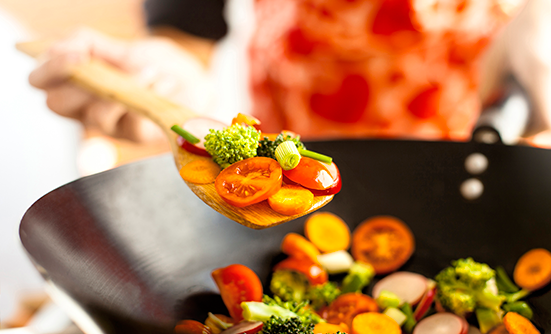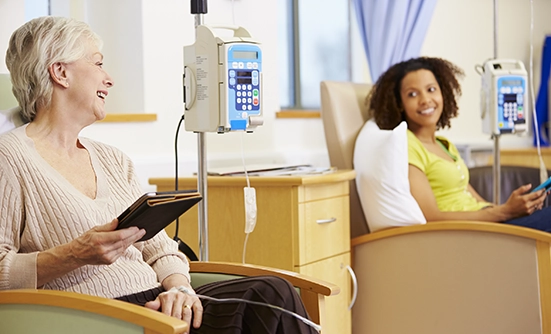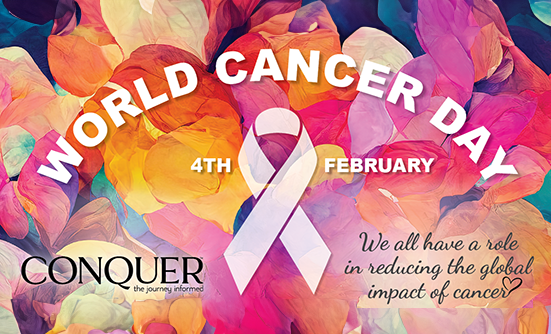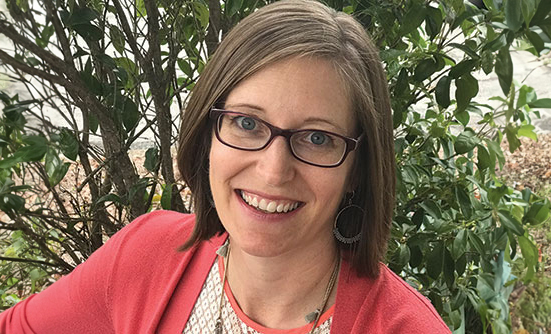A cancer diagnosis affects families, friends, and sometimes whole communities. One way for a person to support their loved ones is to take stress out of their life by cooking meals for them. Cancer treatments can affect the way that people perceive food, so here is a guide to help you create tasty meals for people dealing with cancer.
1. Find out their cravings
Everyone has had a craving of some kind in their life, whether for a greasy cheeseburger, a crisp salad, or a piece of rich chocolate cake. These cravings represent a fundamental way that your body informs you what type of nutrients, flavors, or supplements your body is lacking.
Ask your friend or loved ones what types of foods they are craving. How they respond can help you cater your premade meals to their preferences. For instance: a craving for cheeseburgers can indicate a lack of protein and fat in their diet; cravings for sugar and sweets can indicate missing carbohydrates; and cravings for fresh salads can indicate a lack of fiber, vitamins, or minerals.
2. Find out what foods or smells are making them nauseous
As I often note in my writings, smell is the fastest way to build an appetite, or completely destroy it. Ask your friend or loved ones what smells build their appetite or make them hungry. Ask them what smells they find unappetizing or cause them nausea. Any smells that are causing nausea or loss of appetite should be avoided entirely.
An important concept in cooking is pungency. Pungency is the quantity or intensity of a smell, not the pleasantness of a smell. Many patients with cancer have trouble with overly pungent foods, so it is better to avoid overly pungent smells and use soothing herbs and seasonings in your cooking. A few pungent foods you will want to avoid are:
- Broccoli
- Canned fish
- Pickled or preserved foods
These foods are high in pungency, and patients with cancer can have very sensitive noses as a result of treatment.
3. Remember to consider the weight of food
The weight of a dish, in culinary terms, is the description of how the food feels in your mouth. You don’t need to physically weigh out each item. Weight is another way of saying “mouth feel.” Ask your friend or loved ones what types of food they are having success with. Then listen for key words that indicate if the food is heavy or light in their mouth. Foods that are heavy will have big savory flavors or creamy sauces; foods that are lighter tend to be simpler, fresh, or use palate-cleansing vinegars or herbs.
You can lighten the weight of a heavy dish by using the palate-cleansing technique (as was discussed in the December 2016 issue). The easiest palate-cleansing technique is to add 1 to 2 tablespoons of red wine vinegar, followed by 1 to 2 tablespoons of granulated sugar during the seasoning part of your recipe.
4. Think about texture
Texture is often the least considered, but one of the most important, aspects of cooking for someone undergoing cancer treatments. Many patients with cancer suffer from mouth sores, which can be made worse by cooking with crunchy, hard, or abrasive foods. So ask your friend or loved ones whether they are having more success with soft or hard textures.
5. Make food that can be easily reheated and stored
Undergoing cancer treatment can be an incredibly busy time. People often assume that cancer treatment involves a lot of resting and sleeping. This is true for some days, but in my experience as a caregiver, it involved a lot of running around like a chicken with your head cut off. One of the most helpful things you can do when cooking for a person with cancer is to preportion the meals, allowing the patient to easily grab food out of the refrigerator or freezer that simply requires reheating. Making individual portions helps to reduce heating and defrosting time, food waste, and helps the patient manage time.
Armed with this knowledge, you will be able to cook fantastic meals that are helpful and convenient. Remember to ask open-ended questions, and ask as many as you need, to get a true understanding of what foods they are having success with. Also remember that when you are cooking for other people, especially people fighting cancer, you are cooking for their preferences, not your own.














